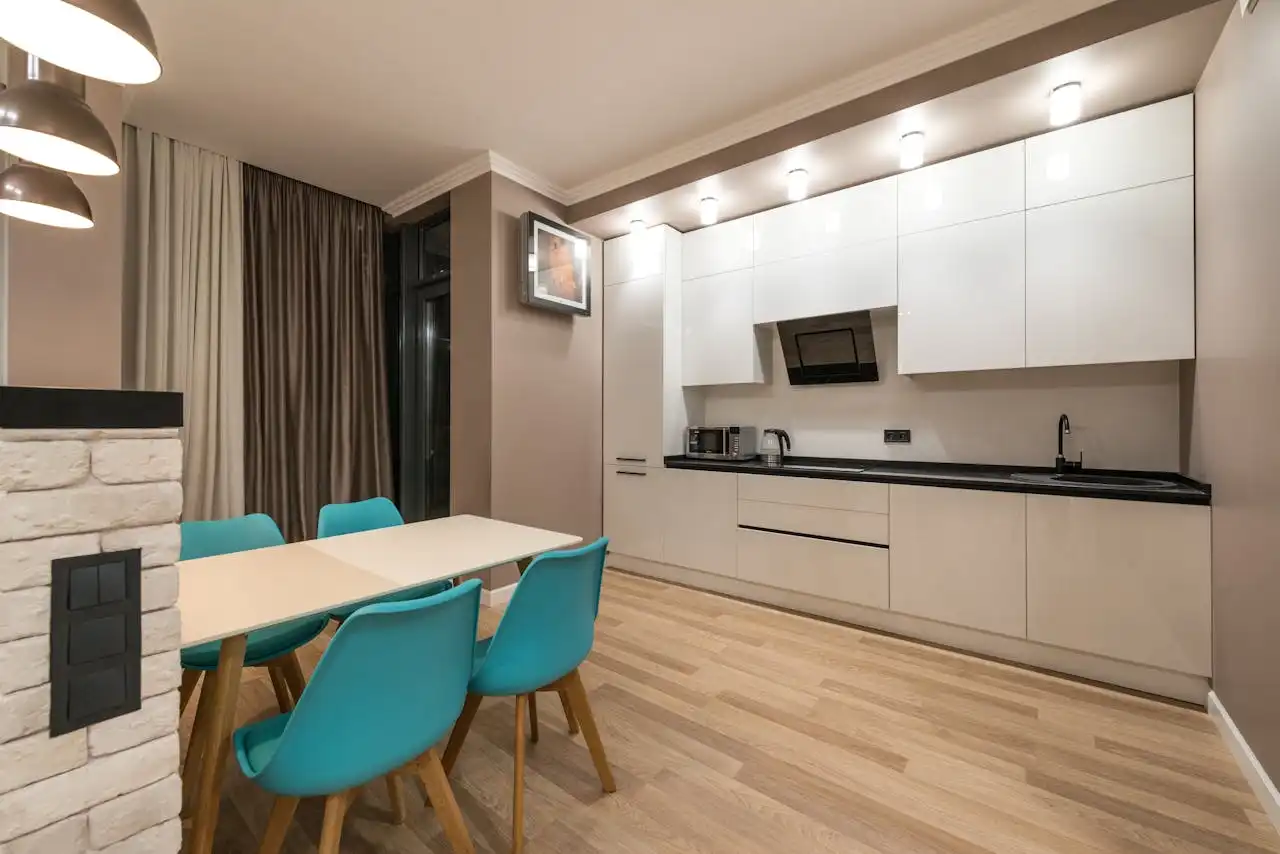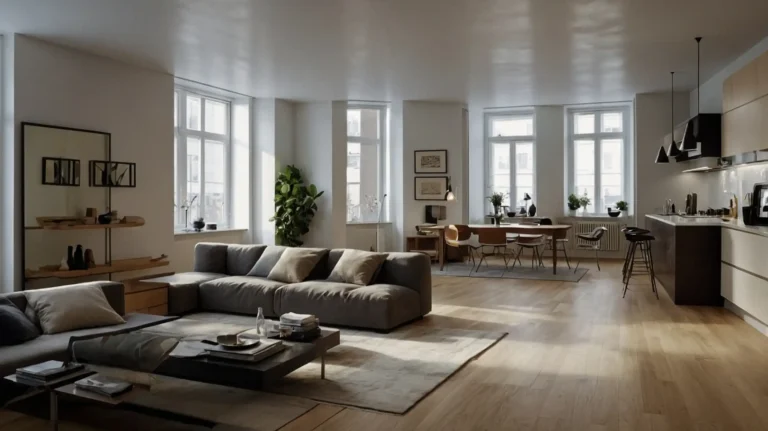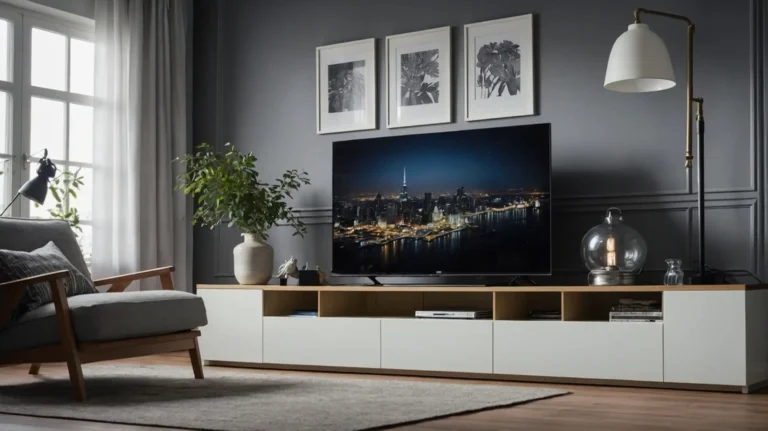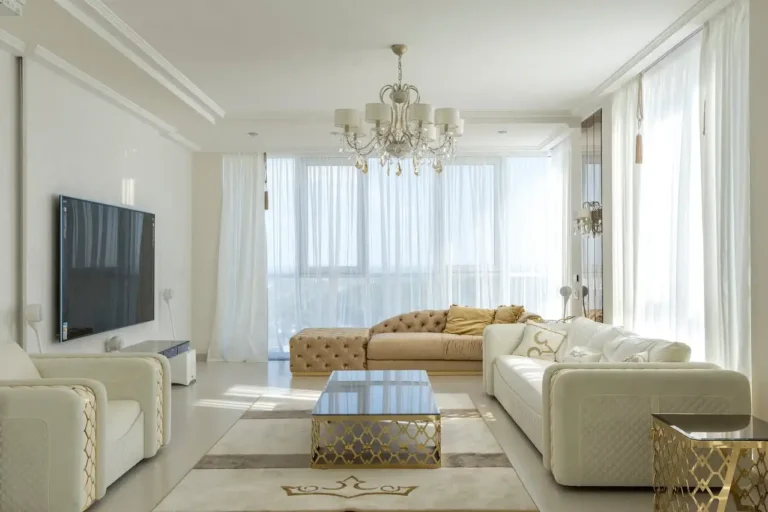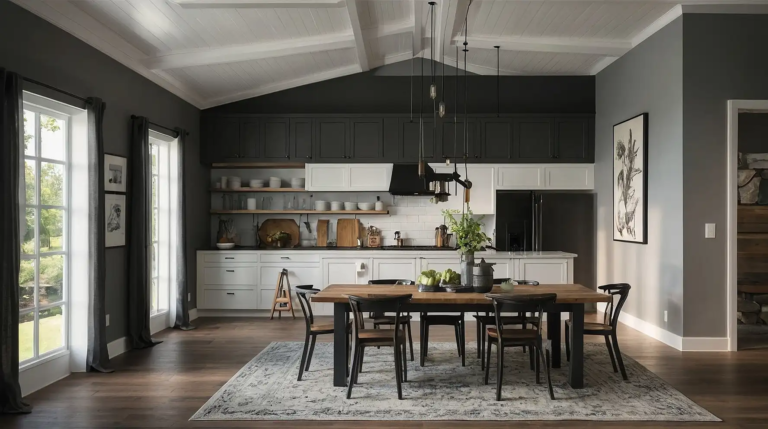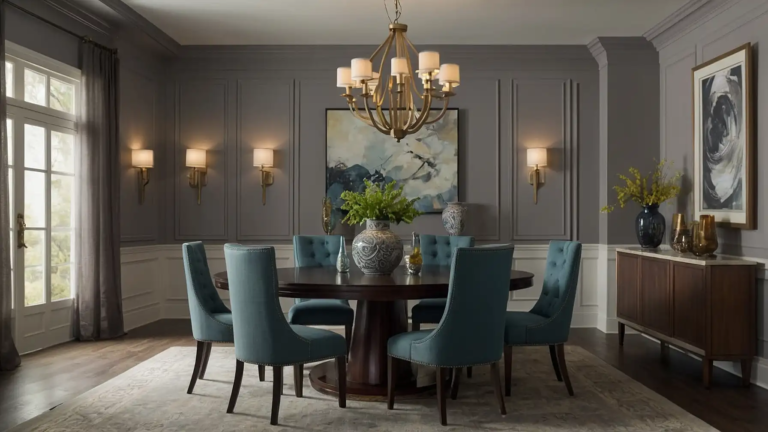Decorating with Neutrals: 5 Ways to Keep It Cozy (Not Boring)
You love the timeless elegance of neutral color schemes, but worry your home might end up looking like a sterile hotel room. The fear is real – neutrals done wrong can feel cold and unwelcoming.
The secret lies in understanding that neutral doesn’t mean lifeless. Professional designers create warm, inviting neutral spaces that feel like cozy retreats rather than bland showrooms.
These five strategies will help you master the art of neutral decorating while maintaining the comfort and personality that makes a house feel like home.
1. Layer Textures to Create Visual Depth
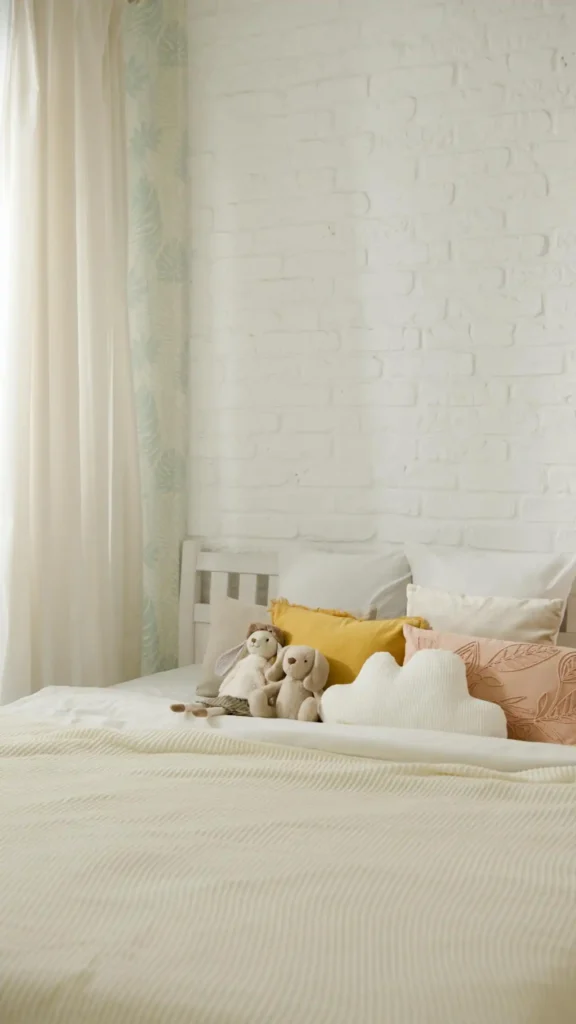
The biggest mistake people make with neutral decorating is choosing smooth, uniform surfaces throughout their space.
This approach creates rooms that feel flat and uninspiring, no matter how expensive the furnishings might be.
Transform your neutral palette by incorporating a rich variety of textures that invite touch and add visual interest.
Mix smooth surfaces like polished marble or glass with rough elements like jute rugs or exposed brick walls.
Combine soft fabrics such as cashmere throws with structured materials like woven baskets or ceramic pottery.
Start with your largest elements and work down to accessories. Choose a plush sectional sofa, then add a chunky knit throw and smooth leather pillows.
Place a rough-hewn wood coffee table on a soft wool rug, then accessorize with sleek ceramic vases and textured candles.
Natural materials automatically add warmth and texture to neutral schemes. These materials connect your space to nature while maintaining your neutral color story.
Wood brings organic grain patterns, stone provides varied surface textures, rattan offers woven interest, and linen contributes subtle snubs and variations.
Layer different textile weights and weaves throughout each room. This variety prevents your neutral space from feeling monotonous or sterile.
Pair heavy canvas curtains with delicate sheer panels, combine thick wool rugs with thin silk pillows, or mix sturdy denim upholstery with flowing cotton throws.
2. Master the Art of Warm Lighting
Lighting can make or break a neutral color scheme. Harsh, cool lighting transforms cozy beiges into institutional grays and makes warm whites appear cold and uninviting.
Create multiple layers of warm lighting throughout your neutral spaces.
Start with ambient lighting that provides overall illumination, add task lighting for specific activities, and finish with accent lighting that highlights beautiful features or creates mood.
Choose bulbs with warm color temperatures between 2700K and 3000K rather than cool daylight bulbs.
These warmer tones enhance the creamy, golden undertones in your neutral palette while creating a cozy atmosphere that invites relaxation.
Table lamps and floor lamps with fabric or paper shades diffuse light beautifully and add soft pools of illumination throughout your room.
Avoid relying solely on overhead lighting, which can feel harsh and create unflattering shadows in neutral spaces.
Candles provide the ultimate warm lighting for neutral rooms. The flickering light adds movement and life that static fixtures cannot provide.
Group different heights and sizes of cream, ivory, or natural wax candles to create romantic ambiance while reinforcing your color scheme.
Consider installing dimmer switches on your overhead lights to adjust brightness throughout the day.
Bright light energizes morning routines, while dimmed evening lighting creates intimate, cozy atmospheres perfect for neutral color schemes.
3. Embrace the Full Spectrum of Neutral Tones
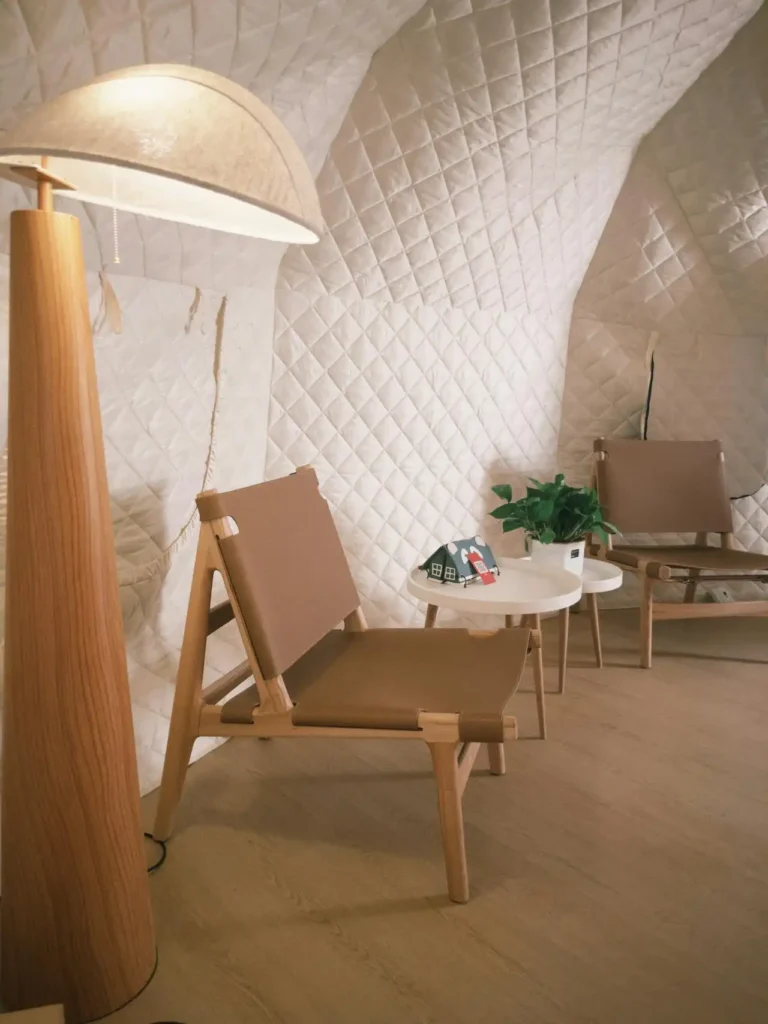
Many people think neutral means choosing one beige or gray and using it everywhere.
This monochromatic approach creates bland, boring spaces that lack the depth and sophistication that beautiful neutral rooms possess.
Explore the full range of neutral colors to create rich, layered palettes. This mix prevents your space from feeling too warm or too cool while adding subtle variety.
Combine warm neutrals like cream, ivory, champagne, and soft taupe with cooler tones such as sage, dove gray, or mushroom.
Pay attention to undertones when selecting your neutral palette. Some beiges have pink undertones, others lean yellow or green.
Some grays appear blue in certain light, while others read purple or brown. Choose neutrals with compatible undertones to create harmonious color relationships.
Use the darkest neutral as your anchor color in smaller doses through accent pieces, picture frames, or architectural details.
Medium neutrals work beautifully for major furniture pieces like sofas or dining tables. Natural elements automatically introduce varied neutral tones.
Save your lightest neutrals for walls and large areas where they can create an airy, spacious feeling.
Don’t forget about white as part of your neutral palette. Crisp whites add contrast and prevent neutral schemes from feeling muddy or unclear.
Use white in trim, ceiling paint, lampshades, or artwork matting to create clean lines and fresh accents.
Raw wood ranges from pale pine to rich walnut, stone varies from creamy marble to charcoal slate, and plants add everything from silvery sage to deep forest green neutrals.
4. Incorporate Living Elements and Natural Materials
Nothing brings life to a neutral color scheme like plants, fresh flowers, and natural materials that connect your indoor space to the outdoors.
Add greenery in various shades and textures to prevent your neutral palette from feeling static.
Deep green foliage provides rich contrast against light neutral backgrounds, while silvery plants like eucalyptus or dusty miller complement gray-based schemes beautifully.
Choose planters and vases that enhance your neutral story. Vary the heights and sizes of your containers to create visual interest.
Ceramic pots in cream or terra cotta, woven baskets in natural fibers, or wooden planters add texture while housing your plants.
Fresh flowers in white, cream, or muted tones maintain your neutral palette while adding natural beauty and fragrance.
Peonies, hydrangeas, roses, or eucalyptus branches provide seasonal variety without disrupting your color scheme.
Incorporate raw wood elements through furniture, accessories, or architectural details.
Reclaimed wood shelves, live-edge coffee tables, or wooden picture frames add warmth and natural variation to neutral rooms.
Each piece of wood brings unique grain patterns and color variations that mass-produced items cannot provide.
Stone and ceramic accessories ground neutral schemes with earthy authenticity.
Marble cutting boards, ceramic vases, stone bookends, or pottery bowls add substantial beauty while maintaining your neutral color story.
Natural fiber textiles like jute, sisal, hemp, or cotton bring organic textures that synthetic materials cannot replicate.
These materials age beautifully and develop character over time, adding to your room’s cozy, lived-in feeling.
5. Add Personal Touches and Lived-In Comfort
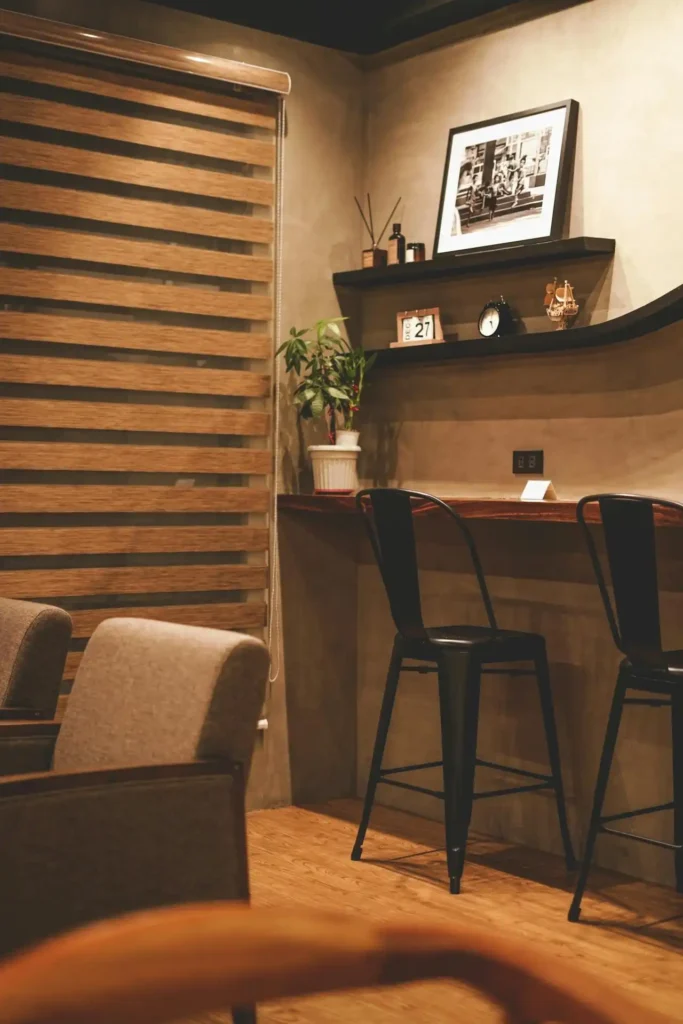
The difference between a cozy neutral home and a boring neutral showroom lies in the personal details that reflect your life, interests, and daily routines.
Display meaningful objects that tell your story while maintaining your neutral palette.
Black and white family photographs, vintage books with weathered covers, travel souvenirs in natural materials, or handmade pottery add personality without disrupting your color scheme.
Create cozy reading nooks or conversation areas that invite daily use. Layer comfortable textiles that encourage relaxation and daily enjoyment.
A comfortable armchair with a soft throw, side table for coffee or tea, and good reading light transforms any corner into a personal retreat within your neutral space.
Soft throws draped over sofa arms, extra pillows for lounging, or a plush area rug underfoot make neutral spaces feel welcoming rather than precious or untouchable.
Include items that serve daily functions while looking beautiful. Books provide excellent neutral accessories while reflecting your interests and personality.
A wooden tray for corralling remotes, woven baskets for storing magazines, or ceramic dishes for keys and coins keep your space organized while adding to your neutral aesthetic.
Stack coffee table books with beautiful covers, fill bookcases with well-loved volumes, or display a few special titles on side tables.
The varied heights and neutral tones of book spines add visual interest and personal character.
Embrace signs of gentle wear that make spaces feel lived-in and loved. Display collections or hobbies that bring you joy while maintaining your neutral palette.
A slightly worn leather chair, vintage rugs with character, or wooden surfaces that show natural aging add authenticity that new, perfect items cannot provide.
Vintage cameras, ceramic pottery, natural shells, or antique linens can enhance your neutral scheme while showcasing your personal interests.
Creating Seasonal Interest in Neutral Spaces
Neutral color schemes provide the perfect backdrop for subtle seasonal decorating that keeps your space feeling fresh throughout the year without requiring major changes.
Spring brings opportunities to add fresh greenery, light linens, and natural elements like pussy willows or flowering branches.
These additions enhance your neutral palette while celebrating the season’s renewal and growth.
Summer neutral decorating focuses on lighter textiles, natural textures, and airy arrangements.
Swap heavy wool throws for light cotton ones, add woven grass accessories, or display shells and driftwood from beach trips.
Fall invites richer neutral tones through autumn leaves, pumpkins in cream or white varieties, and cozy textiles like chunky knits or faux fur throws.
These elements add seasonal warmth while maintaining your neutral foundation. Layer extra textures and soft furnishings to create sanctuary-like spaces during cold months.
Winter neutral decorating emphasizes hygge and coziness through additional throws, candles, evergreen branches, and warm lighting.
Rotate accessories seasonally while keeping your foundational neutral pieces constant.
This approach allows you to enjoy seasonal variety while protecting your investment in quality furniture and maintaining your cohesive design aesthetic.
Avoiding Common Neutral Decorating Pitfalls
Understanding what doesn’t work helps you create successful neutral spaces that feel cozy rather than boring or institutional.
Avoid using only cool neutrals, which can feel sterile and unwelcoming. Balance cool grays or whites with warmer creams, taupes, or natural wood tones to create more inviting spaces.
Don’t rely solely on paint color to create your neutral palette. Neutral schemes require varied materials, textures, and finishes to feel rich and interesting rather than flat and monotonous.
Resist the temptation to make everything match perfectly. Don’t forget about scale and proportion when selecting neutral furnishings.
Neutral decorating works best when you combine different shades, textures, and materials that complement rather than duplicate each other.
Avoid stark white walls unless you balance them with warmer neutral furnishings and accessories.
Pure white can feel harsh and cold without sufficient warm elements to soften the overall effect. Never underestimate the importance of personal touches.
Large rooms need substantial furniture and accessories, while small spaces require carefully scaled pieces that won’t overwhelm the area.
Even the most beautiful neutral room feels boring without objects, artwork, or accessories that reflect the inhabitants’ personalities and interests.
Maintaining Your Neutral Oasis
Neutral color schemes require thoughtful maintenance to keep them looking fresh and inviting rather than tired or dingy over time.
Invest in quality pieces that age gracefully rather than show wear quickly. Consistent warm lighting preserves the cozy atmosphere you’ve worked to create.
Natural materials like wood, stone, and quality textiles develop beautiful patina over time, while synthetic materials often look cheap as they age.
Clean and care for light-colored furnishings regularly to prevent them from appearing dingy or neglected.
Professional cleaning for upholstery and rugs maintains their beauty and extends their lifespan significantly.
Rotate accessories and textiles seasonally to prevent fading and wear while keeping your space feeling fresh. Store off-season items properly to maintain their quality for future use.
Update lighting as bulbs burn out to maintain consistent color temperature and brightness throughout your neutral spaces.
Refresh paint as needed to maintain crisp, clean backgrounds for your neutral furnishings.
Touch up scuffs and marks promptly to prevent your carefully chosen neutral walls from looking tired or neglected.
Conclusion
Transform your neutral spaces into cozy retreats through texture, lighting, natural elements, varied tones, and personal touches that reflect your unique style.

